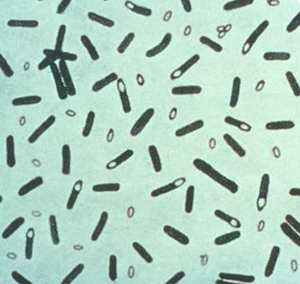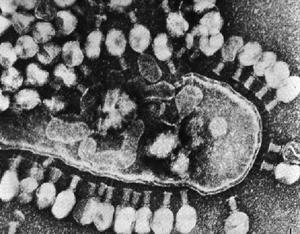Difference Between Bacteria and Viruses
Bacteria and viruses are often lumped together into a general category of “bad things that can cause infection”. But these two types of infectious agents are very different, and the differences are important to your health. What Is a Cell? Bacteria are living single celled creatures. In contrast, viruses are not alive. So to clearly ...









